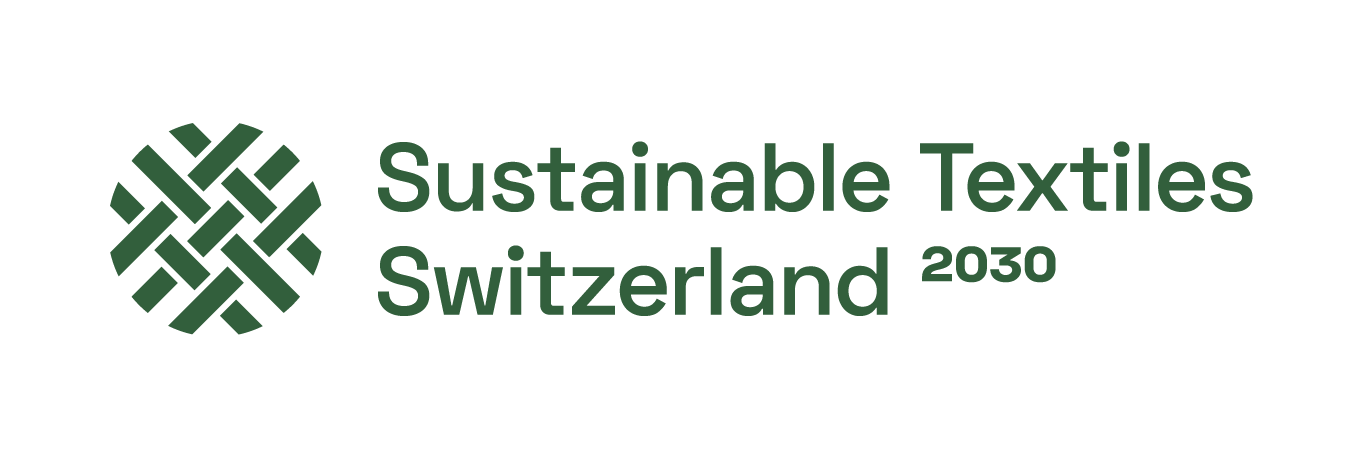Tools for achieving the STS 2030 targets
The STS 2030 toolbox supports you in achieving the STS 2030 targets to achieve. It offers you helpful tools and solutions to implement the necessary measures. Use the filter functions to quickly find the right offer for your needs.
I am looking for:
,
to achieve the
and the
.
{{ selectedSupportArt }} ✖
{{ selectedZiel }} ✖
{{ selectedMassnahme }} ✖
{{ selectedZielgruppe }} ✖
No results found. Please adjust your filters.
